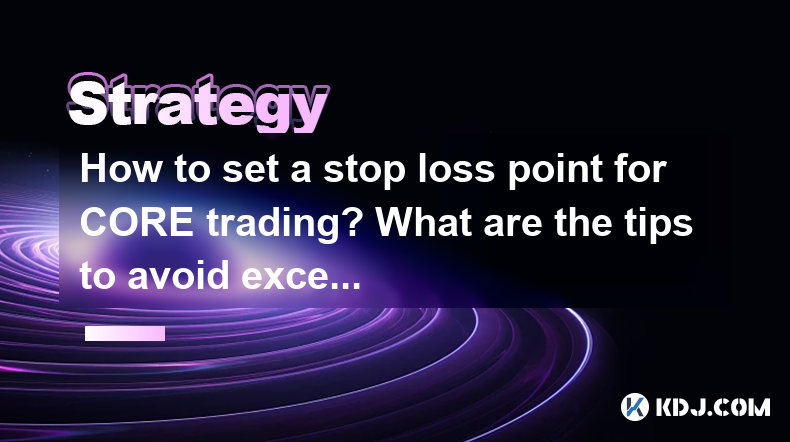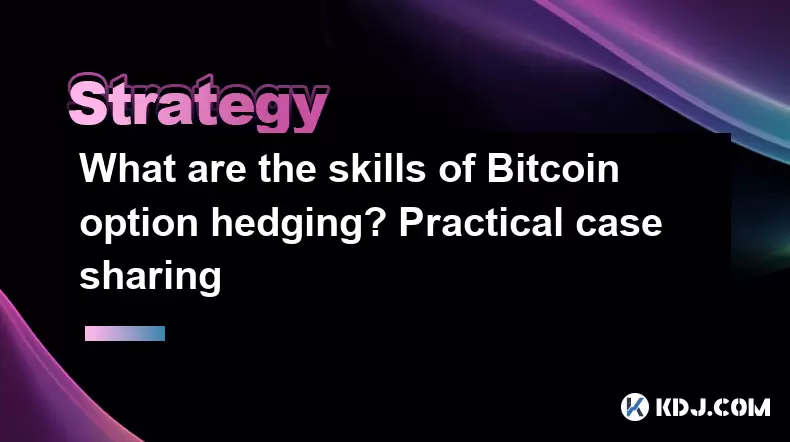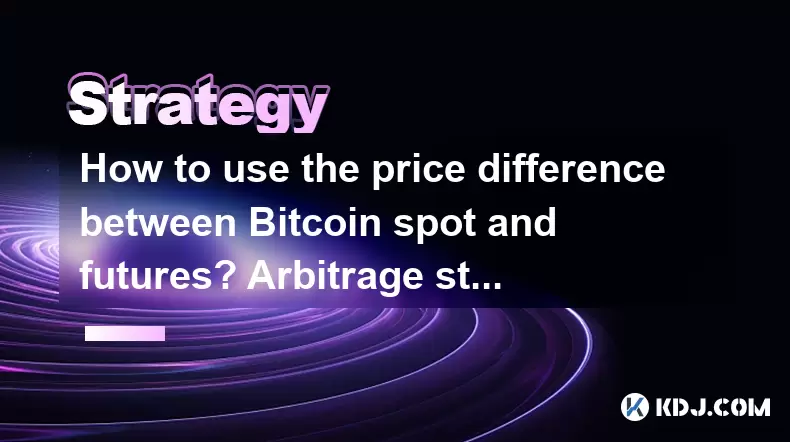-
 Bitcoin
Bitcoin $108,262.4325
-1.40% -
 Ethereum
Ethereum $2,518.2882
-2.94% -
 Tether USDt
Tether USDt $1.0003
-0.01% -
 XRP
XRP $2.2262
-1.71% -
 BNB
BNB $653.9254
-1.55% -
 Solana
Solana $148.1036
-3.11% -
 USDC
USDC $1.0000
0.01% -
 TRON
TRON $0.2829
-1.45% -
 Dogecoin
Dogecoin $0.1639
-4.82% -
 Cardano
Cardano $0.5742
-4.43% -
 Hyperliquid
Hyperliquid $38.9506
-3.95% -
 Sui
Sui $2.9040
-4.34% -
 Bitcoin Cash
Bitcoin Cash $484.8307
-2.62% -
 Chainlink
Chainlink $13.1971
-3.73% -
 UNUS SED LEO
UNUS SED LEO $9.0822
0.51% -
 Avalanche
Avalanche $17.8613
-4.01% -
 Stellar
Stellar $0.2385
-2.26% -
 Toncoin
Toncoin $2.7570
-3.88% -
 Shiba Inu
Shiba Inu $0.0...01145
-3.99% -
 Litecoin
Litecoin $86.9999
-2.43% -
 Hedera
Hedera $0.1538
-3.90% -
 Monero
Monero $313.7554
-2.03% -
 Polkadot
Polkadot $3.3681
-5.08% -
 Dai
Dai $1.0000
0.00% -
 Ethena USDe
Ethena USDe $1.0001
-0.01% -
 Bitget Token
Bitget Token $4.4401
-2.97% -
 Uniswap
Uniswap $6.9644
-8.41% -
 Pepe
Pepe $0.0...09666
-4.79% -
 Aave
Aave $266.5686
-5.04% -
 Pi
Pi $0.4713
-4.95%
How to set a stop loss point for CORE trading? What are the tips to avoid excessive losses?
To manage risk in CORE trading, set a stop loss at a price that limits your loss to an acceptable amount, and adjust it as the market moves to lock in profits or reduce losses.
May 09, 2025 at 09:49 am

Trading in the cryptocurrency market, particularly with assets like CORE, can be highly volatile and risky. Setting a stop loss point is a crucial strategy for managing risk and preventing excessive losses. This article will guide you through the process of setting a stop loss for CORE trading and provide tips to help you avoid significant losses.
Understanding Stop Loss in Cryptocurrency Trading
A stop loss is an order placed with a broker to buy or sell once the asset reaches a certain price. For CORE trading, setting a stop loss can help you limit potential losses by automatically closing a position when the price moves against your expectations. The primary goal of a stop loss is to cap the amount of money you can lose on a single trade.
How to Set a Stop Loss Point for CORE Trading
Setting a stop loss for CORE trading involves several steps that you need to follow carefully. Here's how you can do it:
Choose a Trading Platform: First, ensure you are using a trading platform that supports stop loss orders. Popular platforms like Binance, Coinbase Pro, and Kraken offer this feature.
Determine Your Stop Loss Level: Decide on the price level at which you want your stop loss to trigger. This is often based on your risk tolerance and the volatility of CORE. For example, if you bought CORE at $10, you might set a stop loss at $9 to limit your loss to 10%.
Place the Stop Loss Order: On your chosen trading platform, navigate to the trading interface for CORE. Look for the option to place a stop loss order. Enter the price at which you want the stop loss to trigger and confirm the order.
Monitor and Adjust: Keep an eye on the market and adjust your stop loss as needed. If CORE's price moves favorably, you might want to adjust your stop loss to lock in profits.
Tips to Avoid Excessive Losses in CORE Trading
While setting a stop loss is essential, there are additional strategies you can employ to minimize losses when trading CORE.
Use Technical Analysis: Technical analysis can help you identify potential support and resistance levels for CORE. By setting your stop loss just below a support level, you can reduce the likelihood of being stopped out prematurely.
Diversify Your Portfolio: Don't put all your funds into CORE. Diversifying your investments across different cryptocurrencies can help mitigate the risk of significant losses if CORE's price drops sharply.
Set Realistic Expectations: Understand that the cryptocurrency market can be unpredictable. Setting realistic profit and loss targets can help you manage your emotions and make more rational trading decisions.
Use Trailing Stop Losses: A trailing stop loss adjusts automatically as the price of CORE moves in your favor. This can help you lock in profits while still protecting against significant downturns.
Common Mistakes to Avoid When Setting Stop Losses
Setting a stop loss is not foolproof, and there are common pitfalls that traders should be aware of.
Setting Stop Losses Too Tight: If your stop loss is too close to the entry price, you might get stopped out due to normal market fluctuations. Ensure your stop loss allows for some volatility.
Ignoring Market Conditions: Always consider the current market conditions when setting your stop loss. During high volatility, you might need to set a wider stop loss to avoid being stopped out prematurely.
Not Adjusting Stop Losses: Failing to adjust your stop loss as the market moves can lead to missed opportunities to lock in profits or reduce losses. Regularly review and adjust your stop loss orders.
Practical Example of Setting a Stop Loss for CORE
Let's walk through a practical example of setting a stop loss for CORE trading.
Scenario: You buy 100 CORE at $10 per token, with a total investment of $1,000. You are willing to risk 10% of your investment, which is $100.
Calculating Stop Loss: To limit your loss to $100, you need to set your stop loss at a price that would result in a $100 loss. If you sell 100 CORE at $9, your loss would be $100 ($10 - $9 = $1 per token, $1 x 100 = $100).
Placing the Order: On your trading platform, you would place a stop loss order to sell 100 CORE at $9.
Monitoring and Adjusting: If CORE's price rises to $12, you might adjust your stop loss to $11 to lock in some profit while still protecting against a downturn.
Frequently Asked Questions
Q: Can I set a stop loss on all trading platforms?
A: Not all trading platforms support stop loss orders. It's essential to check if your chosen platform offers this feature before you start trading.
Q: What is the difference between a stop loss and a take profit order?
A: A stop loss order is designed to limit losses by closing a position when the price moves against you, while a take profit order is used to lock in profits by closing a position when the price reaches a favorable level.
Q: How often should I adjust my stop loss?
A: The frequency of adjusting your stop loss depends on market conditions and your trading strategy. It's a good practice to review your stop loss orders regularly, especially during periods of high volatility.
Q: Can a stop loss guarantee that I won't lose more than my set amount?
A: While a stop loss can help limit losses, it's not a guarantee. In highly volatile markets, the price might gap through your stop loss level, resulting in a larger loss than intended.
Disclaimer:info@kdj.com
The information provided is not trading advice. kdj.com does not assume any responsibility for any investments made based on the information provided in this article. Cryptocurrencies are highly volatile and it is highly recommended that you invest with caution after thorough research!
If you believe that the content used on this website infringes your copyright, please contact us immediately (info@kdj.com) and we will delete it promptly.
- Bitcoin's Pattern Break: Are HODLers the Key to the Next Surge?
- 2025-07-04 18:50:12
- Bitcoin Price, Trump's Bill, and the $150K Dream: A NYC Take
- 2025-07-04 19:50:12
- Ethereum, LILPEPE, and the July Bounce: Will Pepe Steal ETH's Thunder?
- 2025-07-04 19:10:12
- Binance Institutional Loans: Unlocking 4x Leverage and Zero Interest for Whales
- 2025-07-04 19:15:12
- Bitcoin Bull Run: Analysts Eye Peak in Late 2025?
- 2025-07-04 19:20:13
- Pepe Indicators, Bullish Forecast: Can the Meme Coin Rally?
- 2025-07-04 19:25:12
Related knowledge

What are the skills of Bitcoin option hedging? Practical case sharing
Jun 24,2025 at 04:01pm
Understanding Bitcoin Option HedgingBitcoin option hedging is a risk management strategy used by traders and investors to protect their positions in the volatile cryptocurrency market. By using options, individuals can limit potential losses while retaining the opportunity for profit. In essence, it allows one to insulate against adverse price movements...

How to use the price difference between Bitcoin spot and futures? Arbitrage strategy
Jun 20,2025 at 02:56pm
Understanding Bitcoin Spot and Futures MarketsTo effectively leverage arbitrage opportunities between Bitcoin spot and futures markets, it's essential to understand the fundamental differences between these two types of markets. The spot market refers to the direct buying and selling of Bitcoin for immediate delivery at the current market price. In cont...

How to increase DeFi lending income? Strategy and risk analysis
Jun 24,2025 at 02:08pm
Understanding DeFi Lending and Its Income PotentialDeFi (Decentralized Finance) lending has emerged as a popular way to earn passive income in the cryptocurrency space. Unlike traditional banking systems, DeFi lending platforms allow users to lend their crypto assets directly to borrowers without intermediaries. The lenders earn interest based on the su...

How to operate cryptocurrency cross-market arbitrage? Practical analysis
Jun 23,2025 at 04:01am
Understanding Cryptocurrency Cross-Market ArbitrageCryptocurrency cross-market arbitrage involves taking advantage of price differences for the same digital asset across different exchanges. The core idea is to buy low on one exchange and sell high on another, capturing the profit from the discrepancy. This strategy relies heavily on real-time market da...

How to make profits from high-frequency cryptocurrency trading? Sharing core skills
Jun 19,2025 at 05:07pm
Understanding High-Frequency Cryptocurrency TradingHigh-frequency trading (HFT) in the cryptocurrency market involves executing a large number of trades at extremely fast speeds, often within milliseconds. This method relies on small price discrepancies across exchanges or within a single exchange’s order book. Traders use complex algorithms and ultra-l...

What are the methods of cryptocurrency quantitative trading? Detailed analysis
Jun 22,2025 at 11:07pm
Understanding the Core of Cryptocurrency Quantitative TradingCryptocurrency quantitative trading refers to the use of mathematical models and algorithms to execute trades in the digital asset market. Unlike traditional discretionary trading, which relies heavily on human judgment, quantitative trading leverages data-driven strategies to identify profita...

What are the skills of Bitcoin option hedging? Practical case sharing
Jun 24,2025 at 04:01pm
Understanding Bitcoin Option HedgingBitcoin option hedging is a risk management strategy used by traders and investors to protect their positions in the volatile cryptocurrency market. By using options, individuals can limit potential losses while retaining the opportunity for profit. In essence, it allows one to insulate against adverse price movements...

How to use the price difference between Bitcoin spot and futures? Arbitrage strategy
Jun 20,2025 at 02:56pm
Understanding Bitcoin Spot and Futures MarketsTo effectively leverage arbitrage opportunities between Bitcoin spot and futures markets, it's essential to understand the fundamental differences between these two types of markets. The spot market refers to the direct buying and selling of Bitcoin for immediate delivery at the current market price. In cont...

How to increase DeFi lending income? Strategy and risk analysis
Jun 24,2025 at 02:08pm
Understanding DeFi Lending and Its Income PotentialDeFi (Decentralized Finance) lending has emerged as a popular way to earn passive income in the cryptocurrency space. Unlike traditional banking systems, DeFi lending platforms allow users to lend their crypto assets directly to borrowers without intermediaries. The lenders earn interest based on the su...

How to operate cryptocurrency cross-market arbitrage? Practical analysis
Jun 23,2025 at 04:01am
Understanding Cryptocurrency Cross-Market ArbitrageCryptocurrency cross-market arbitrage involves taking advantage of price differences for the same digital asset across different exchanges. The core idea is to buy low on one exchange and sell high on another, capturing the profit from the discrepancy. This strategy relies heavily on real-time market da...

How to make profits from high-frequency cryptocurrency trading? Sharing core skills
Jun 19,2025 at 05:07pm
Understanding High-Frequency Cryptocurrency TradingHigh-frequency trading (HFT) in the cryptocurrency market involves executing a large number of trades at extremely fast speeds, often within milliseconds. This method relies on small price discrepancies across exchanges or within a single exchange’s order book. Traders use complex algorithms and ultra-l...

What are the methods of cryptocurrency quantitative trading? Detailed analysis
Jun 22,2025 at 11:07pm
Understanding the Core of Cryptocurrency Quantitative TradingCryptocurrency quantitative trading refers to the use of mathematical models and algorithms to execute trades in the digital asset market. Unlike traditional discretionary trading, which relies heavily on human judgment, quantitative trading leverages data-driven strategies to identify profita...
See all articles

























































































